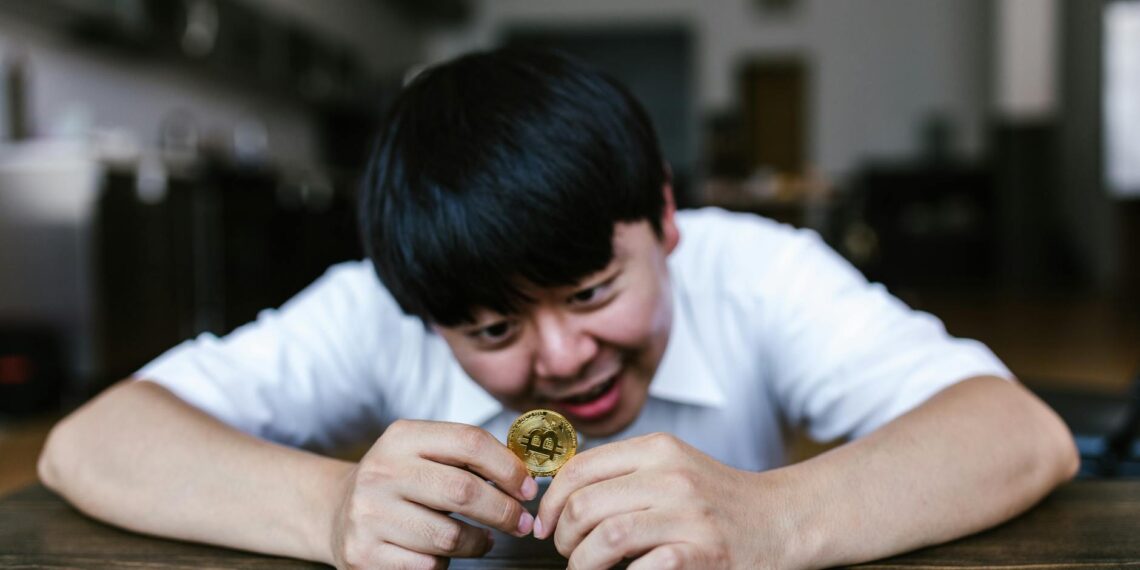If you’re interested in finding valuable error coins, it’s helpful to know what types of errors to look for. Here’s a breakdown of common categories and notable examples:
These occur during the creation of the blank metal disk (planchet) before it’s struck with the die.
- Clipped Planchets: A part of the coin’s edge is missing, often appearing as a curved or crescent-shaped clip. This happens when the blanking machine accidentally overlaps previous blanks.
- Wrong Planchet: A coin struck on a blank intended for a different denomination or even a foreign currency.
- Blank Planchet: A planchet that wasn’t struck by the die at all.
- Split Planchet: A coin where the planchet has separated into layers, potentially due to impurities in the metal.
- Transitional Error: A coin struck with the correct date, but on a planchet from a previous, different metal composition. Famous examples include the 1943 Copper Penny (due to wartime copper shortages) and 1944 Steel Penny.
These errors relate to the die itself, the hardened piece of metal that impresses the design onto the planchet.
- Doubled Die (DDO/DDR): The coin’s design, such as lettering or numbers, appears to be doubled because the die received a misaligned impression during its creation. The 1955 Doubled Die Lincoln Cent is a well-known example.
- Die Breaks/Cracks/Chips: Raised lines, uneven surfaces, or missing areas on the coin resulting from damage to the die. Die breaks near the edge that result in a raised, unstruck area are called “cuds.”
- Repunched Mintmark (RPM): The mintmark (indicating the mint where the coin was produced) is punched twice in a slightly different position, resulting in a doubled or overlapping effect. This was more common before 1990 when mint marks were hand-punched.
- Overdates/Overmintmarks: Older errors where a new date or mintmark is punched over an older one on a recycled die, with remnants of the previous date/mintmark visible.
These occur when the planchet is struck by the dies.
- Off-Center Strike: The coin’s design is not centered on the planchet. The extent of the off-center strike affects the value.
- Broadstrike: The coin is struck without the retaining collar properly in place, causing the coin to expand and have a plain edge.
- Die Cap: A coin remains stuck to one of the dies and repeatedly strikes other planchets, potentially warping into a bottlecap shape.
- Brockage: An already struck coin adheres to a die, causing a mirror image of that coin to be struck onto subsequent blanks.
- Multiple Strikes: The coin is struck more than once by the die.
- Strike-Through: A foreign object, like grease, dirt, or even a piece of cloth, gets between the die and the planchet during striking, leaving an impression on the coin.
- Double Denomination: A coin is struck between dies of different denominations, [according to The Spruce Crafts].
- Missing Edge Lettering: Some coins, like Presidential Dollars, are designed to have lettering on the edge, which can be missing due to an error.
- Die Clash: The obverse and reverse dies strike each other without a planchet in between, potentially impressing parts of each other’s designs onto the struck coins.
- Use a Magnifying Glass or Loupe: Many errors are subtle and require magnification to properly identify.
- Familiarize Yourself with Normal Coins: Knowing what a standard coin of a particular year and denomination looks like will help you spot anomalies.
- Examine All Parts of the Coin: Look closely at the date, mintmark, inscriptions, portrait, and the coin’s edges.
- Rotate the Coin: Check for proper die rotation and misaligned dies by rotating the coin carefully.
By carefully inspecting your coins with these errors in mind, you increase your chances of finding a valuable piece for your collection.











What year error coins are worth the most?
1937 Three-Legged Buffalo Nickel: $100,000. …
1955 DDO Lincoln Penny: $125,000-plus. …
1975 No S Proof Roosevelt Dime: $450,000. …
1943 Copper Lincoln Penny: $1 million-plus.
Why is the 1984 $1 coin rare?
Thanks for asking. Importantly, with the Maklouf portrait of the Queen introduced in 1985, the 1984 $1 is the only issued $1 bearing the Machin portrait. Thus, it is an utterly unique type in the Australian decimal series!
How to check coins to see if they are worth anything?
Good point! Hire a professional appraiser to grade your coins and tell you how much it is worth. The American Society of Appraisers and International Society of Appraisers have searchable directories of professional appraisers. A dealer might also be able to help.